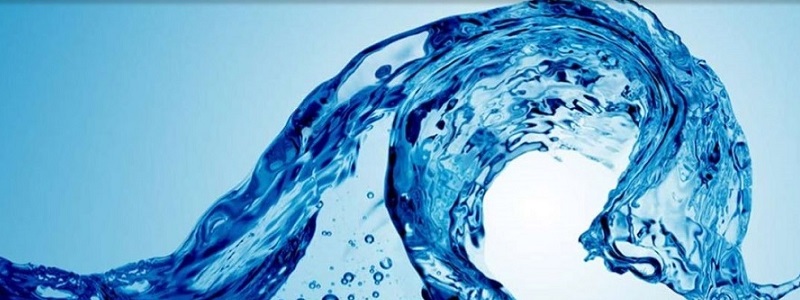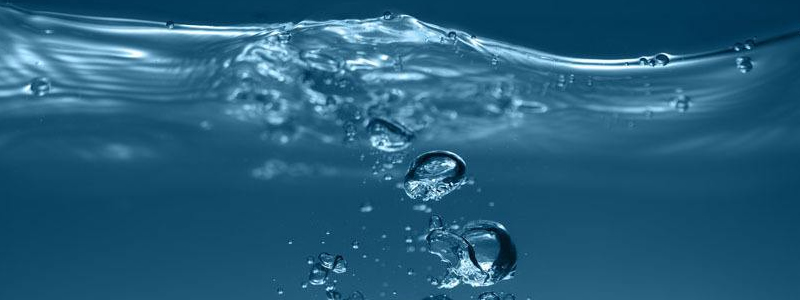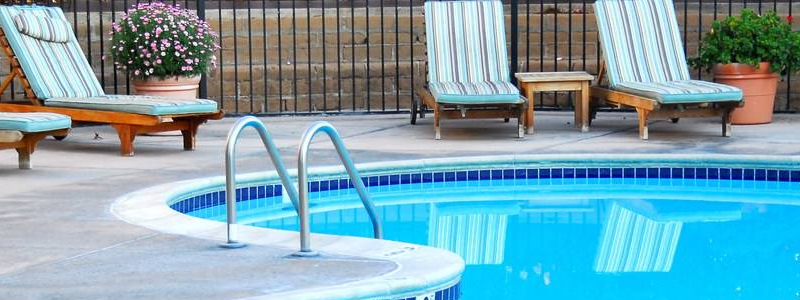
Sodium neutralized polyacrylic acid
Sodium polyacrylate also known as waterlock, is a sodium salt of polyacrylic acid with the chemical formula [−CH2−CH(CO2Na)−]n and has broad applications in consumer products. This super-absorbent polymer (SAP) has the ability to absorb 100 to 1000 times its mass in water. Sodium polyacrylate is an anionic polyelectrolyte with negatively charged carboxylic groups in the main chain. Sodium polyacrylate is a chemical polymer made up of chains of acrylate compounds. It contains sodium, which gives it the ability to absorb large amounts of water. When dissolved in water, it forms a thick and transparent solution due to the ionic interactions of the molecules. Sodium polyacrylate has many favorable mechanical properties. Some of these advantages include good mechanical stability, high heat resistance, and strong hydration. It has been used as an additive for food products including bread, juice, and ice cream.
While sodium neutralized polyacrylic acids are the most common form used in industry, there are also other salts available including potassium, lithium and ammonium. The origins of super-absorbent polymer chemistry trace back to the early 1960s when the U.S. Department of Agriculture (USDA) developed the first super-absorbent polymer materials.
Background and history
Super-absorbent polymers similar to sodium polyacrylate were developed in the 1960s by the U.S. Department of Agriculture. Before the development of these substances, the best water absorbing materials were cellulosic or fiber-based like tissue paper, sponge, cotton, or fluff pulp. These materials can only retain 20 times their weight in water, whereas sodium polyacrylate can retain hundreds of times its own weight in water. The USDA was interested in developing this technology because they wanted to find materials that could improve water conservation in soil. Through extensive research, they found that the gels they created did not expel water as fiber-based materials would. Early adopters of this technology were Dow Chemical, Hercules, General Mills Chemical, and DuPont. Ultra-thin baby diapers were some of the first hygiene products to be developed which uses only a fraction of the material compared to fluff pulp diapers. Super-absorbent technology is in high demand in the disposable hygiene industry for products like diapers and sanitary napkins. SAPs used in hygiene products are typically sodium neutralized whereas SAPs used in agricultural applications are potassium neutralized.
Applications
Water-soluble polymers are used in many industries, especially polyacrylates. Some applications include thickeners, flocculants, dispersants, and drag reducing agents. Polyacrylates are also used as environmentally friendly adhesives or coatings.
In addition, sodium polyacrylate is used in paper diapers and Maximum Absorbency Garments as the absorbent material. It is also used in ice packs to convert the water used as the cooling agent into a gel, in order to reduce spillage in case the ice pack leaks. Sodium polyacrylate has also been studied for utilization in many applications such as nanofiltration of water to absorb water and concentrate the liquid with microbes. Also, it is used for eco-engineering as a water-retaining agent in rocky slopes for increasing moisture availability in the soil. This can improve the water retention availability of the soil and infiltration capacity in sandy soil.
For more details and technical informations on specific chemicals you are interested in...
Contact us to serve you today!
 Previous
Previous  Next
Next Get answers and advice from people you want it from.